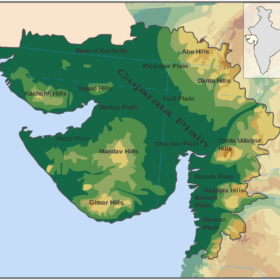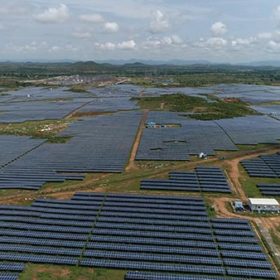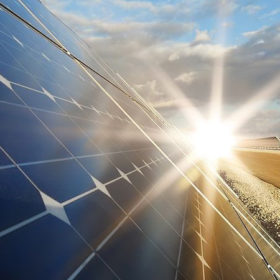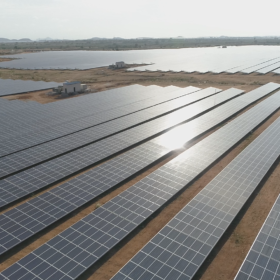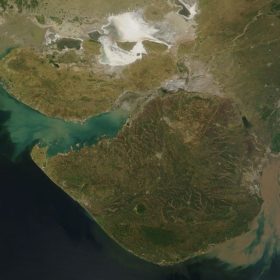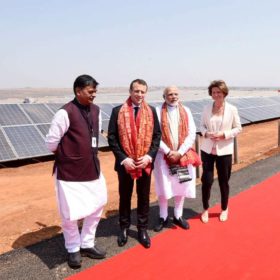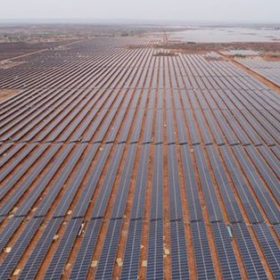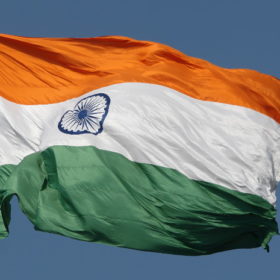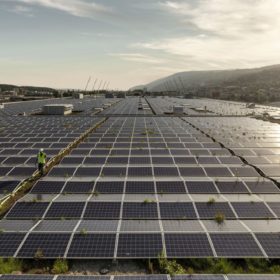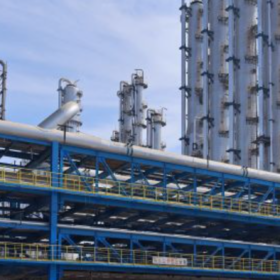Coal India tenders 100 MW solar EPC work in Gujarat
Bidders have until April 15 to lodge their interest in the grid-connected solar project, which must be commissioned within a year from the award of contract. Operation and maintenance of the plant for five years also falls under the bidder’s scope.
Tata Power awarded 60 MW solar project by GUVNL
With Gujarat Urja Vikas Nigam Limited (GUVNL) as the offtaker, the project takes Tata Power’s cumulative solar capacity under development in Gujarat to 580 MW.
Adani Green acquires 20 MW solar assets from Hindustan Power
Following 75 MW solar assets in Telangana, Adani Green Energy has completed the acquisition of 20 MW PV assets in Uttar Pradesh for INR 133 crore.
IHS Markit forecasts 181 GW of new PV capacity for this year
The U.K.-based analyst has raised its outlook for new PV additions in 2021 by around 23 GW. Due to strong demand, leading module manufacturers are sold out for the first half of the year.
Gujarat’s 500 MW solar auction sees aggressive tariff of INR 2.20/kWh despite BCD impact
JMK Research analysts attribute the comparatively lower tariffs to good ratings of the Gujarat State Discom Gujarat Urja Vikas Nigam Limited, choice of project location for developers, and anticipation that mono PERC module prices would fall 10-15% by 2022.
Edelweiss Infrastructure acquires 74% stake in Engie’s India solar assets
The Mumbai-based investor has concluded acquiring a controlling stake in Engie’s 813 MWp operating solar capacity in India. It will also acquire 2 GW of solar assets to be developed by the French energy major over the next couple of years.
NHPC tenders 100 MW solar EPC work in Uttar Pradesh
Bidders have until May 5 to lodge their interest for developing 100 MW of grid-connected solar capacity in the district Mirzapur.
India reaches 39,104 MW of grid-connected solar
Karnataka leads with 7355 MW of installed solar capacity. It is followed by Rajasthan (5473 MW) and Tamil Nadu (4404 MW).
ABB hits 5GW milestone in delivering solar plant automation solutions in India
The company attributes this milestone to many significant solar power projects that it won across India for its utility-scale SCADA and string monitoring solutions.
Adani Green to buy Sterling & Wilson’s 75 MW Telangana solar assets
Adani Green Energy has signed an agreement with Sterling & Wilson to acquire its 75 MW of operating solar projects for around INR 446 crore. The projects are located in Telangana.
